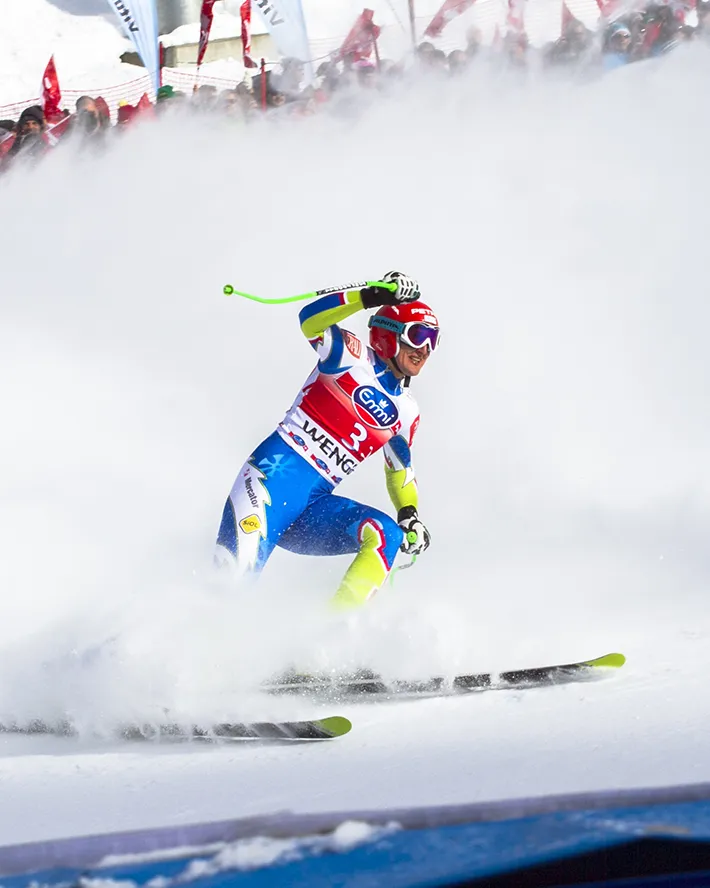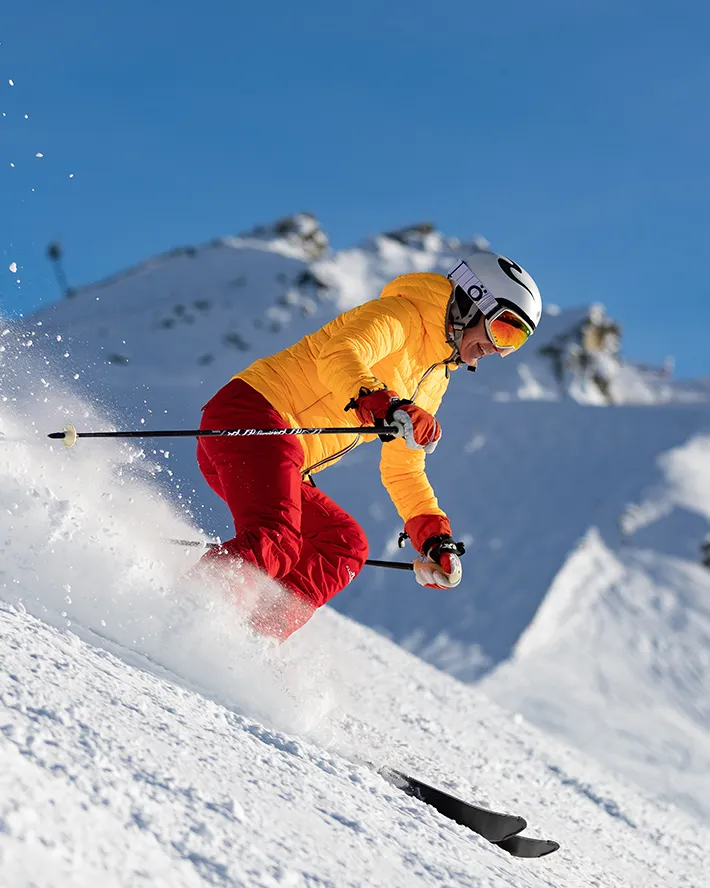Ski racing has a rich history dating back to the early 20th century, when the sport first began to gain popularity in Europe and North America. Over the years, many legendary ski racers have emerged, pushing the boundaries of what was thought to be possible and leaving a lasting impact on the sport. In this blog post, we will take a look at some of the pioneers who changed the game and helped shape the sport of ski racing into what it is today.
Online avalanche education resources
With autumn just around the corner, what better time to start thinking about brushing up on your avalanche safety knowledge in preparation for the forthcoming ski season. To help with your preparation, I thought I'd put together a list of online avalanche safety tutorials and other sites with useful avalanche educational information. Please feel free to leave a comment if you've come across other sites that you think readers would also find helpful.
1. American Avalanche Association Online Tutorial.
http://avalanche.org/tutorial/tutorial.html
This tutorial gives key information in nice, short digestible chunks. There are sections on identifying avalanche red flags (also, see my blog here), on recognising avalanche-prone terrain, terrain traps, common trigger points, on safe travel routines while in avalanche-prone terrain, and on what to do if you are caught in an avalanche, or if you have to perform an avalanche rescue.
2. The New Zealand Avalanche Centre Online Tutorial.
https://www.avalanche.net.nz/about-us/online-avalanche-course/
This tutorial starts off with a couple of quite sobering videos that will catch your attention, then goes on to give a fairly comprehensive overview of- the basic elements of snowpack formation and how it can be influenced by factors such as weather and slope aspect (remember this is a southern hemisphere website, hence they talk about north facing slopes being warmer), avalanche triggers, avalanche types and the different parts of an avalanche, how to recognise avalanche prone terrain and terrain traps, the use of terrain assessment charts, red flags to look out for, human factors that may promote bad decision making, safe travel routines and finally what to do if you are caught including search and digging techniques. The tutorial links out to a lot of interesting videos that add a lot of extra useful information- for example Bruce Tremper demonstrating how to assess slope steepness, and the avalanche professionals involved in the Rogers Pass avalanche of 2011 discussing how human factors contributed to the events of that day. It als contains a fun interactive test, where you can assess your own route finding skills, and it finishes with a quiz so that you can see how well you've understood and retained the information given in the tutorial.
3. Avalanche Canada Online Course
This is another really excellent tutorial, which again gives quite a comprehensive overview of avalanche safety basics. Like the New Zealand Avalanche Centre tutorial, there are interactive route-finding excercises that you can use to test your judgement, along with a few question and answer sessions that you can attempt. The tutorial is multi-media, and as well as containing excellent illustrative photographs, it links to specially-commissioned short videos that emphasise key points.
4. The Swiss Avalanche Institute White Risk Tool
https://www.whiterisk.ch/en/explore
Probably saving the best online course to the last, this is a really excellent, comprehensive and interactive educational tool from the Swiss Avalanche Institute. It contains a wealth of information, presented in graphics, videos, pictures and cartoons. Unfortunately, it requires a subscription for full access. However, you can get a free 24 hours to explore the site, so if you really want to focus on your avalanche education for a day, take this option and go on a crash course!
5. Gallatin National Forest Avalanche Centre Online Videos
http://www.mtavalanche.com/stabilitytests
Not a tutorial or course as such, but the avalanche experts at Gallatin regularly post YouTube videos highlighting various aspects of their work, and if you're interested it is definitely worth following their YouTube channel. The link above takes you a website section where they demonstrate various types of snowpit stability test. If you only watch one of these, choose the one on the extended column test, which takes slightly longer to do than a standard compression test, but gives more information on the likelihood of a weak layer propagating.
Anyway, have fun with that lot, and I hope you find the various websites useful- at least they might give you something to do on one rainy weekend afternoon!
Evan


